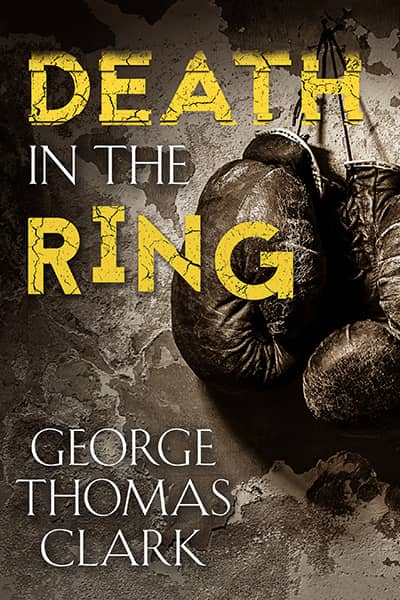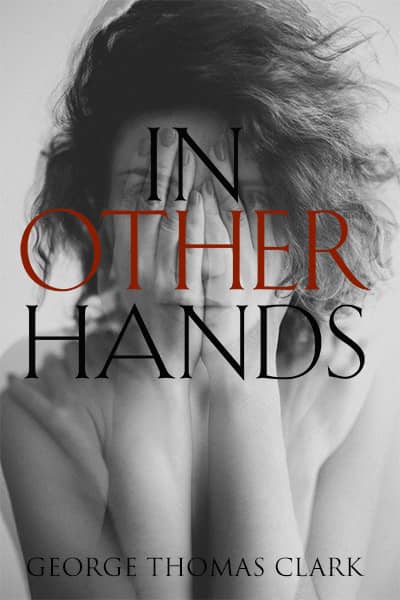Klimt Paints Gold
April 20, 2015
“Herr Klimt, you certainly prepare most thoroughly.”
“Always, and especially for you, Frau Bloch-Bauer.”
“How much longer will it take?”
“Much of that depends on you, Madame. I believe I’ll need two hundred sketches and dozens of sittings. You don’t find your time with me unpleasant, I hope.”
“On the contrary, I very much look forward to seeing you and how you work.”
Sometimes I didn’t pose for Gustav Klimt for weeks, and that didn’t bother me much. My salon in Vienna was a stimulating place often full of painters and poets and composers and patrons of the arts. My husband Ferdinand, a sugar magnate, contributed to many creative people, and he had suggested I pose for the portrait we all so anticipated, and periodically asked, “How are you and Herr Klimt progressing?”
“Quite professionally.” Ferdinand was too much a gentleman to repeat rumors that society women and charwomen and most women found Herr Klimt to be a tiger, that is, more delicately, a short, bearded man endowed with “animal magnetism.” We heard he took them in his studio, in their homes, in hotels, in the forests, anywhere he could, and that his tall and elegant wife Emilie, crowned by curly hair, never complained publicly nor shoved a knife into his ribs. They were evidently very much in love, and quite a sensuous couple, Klimt at home always in a robe and nude underneath, and out in Vienna attired in loose smocks suggesting imminent action Emilie reciprocated in gorgeous gowns that began to replace her stylish dresses.
When Herr Klimt actually started to paint, on a large canvas fifty-four inches square, I often felt his strokes, those of the best and most highly compensated painter in Vienna, and by 1907 loved his assurances, “You’re so young and lovely, Frau Bloch-Bauer, this gold leaf, this golden palette, is precisely what you need and deserve. We shall illuminate you. We shall surround you in gold. We shall place you in the most elegant dress highlighted by triangles and squares and ovals and other shapes from the Orient. We shall make your lovely black hair as alluring on canvas as in life. We shall create lips red and alive as your rosy cheeks. We shall pose your delicate hands together so one senses you’re willing to open them. Inside all this, the interior dress caresses and highlights a body too sublime to reveal.”
“Let me see, Herr Klimt, please.”
“You may approach, Madame.”
Notes: Gustav Klimt died of a stroke precipitated by influenza at age fifty-six in 1918. Adele Bauer-Bloch, only forty-three, perished from meningitis in 1925. Her legendary portrait, Adele Bauer-Bloch I, and four other family-owned works by Klimt were confiscated, along with countless other artworks throughout Europe, by the Nazis during World War II. After years of legal battles, Austrian arbitrators awarded Maria Altmann, a niece and heir of the childless Bloch-Bauers, possession of the works by Klimt, and Adele Bloch-Bauer I was removed from the Austrian State Gallery, its throne for sixty years. Altmann and other heirs sold the paintings at auctions for a total of three hundred and twenty-eight million dollars. Adele I brought a record hundred thirty-five million and Adele Bloch-Bauer II fetched eight-eight. The legal machinations and family history of Maria Altmann are captured in the movie Woman in Gold. Helen Mirren portrays Altmann.














